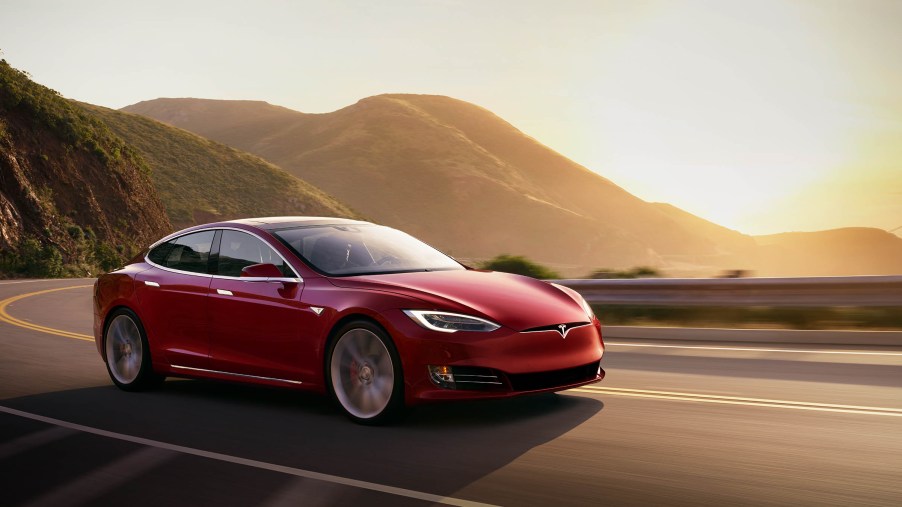
McDonald’s Could Be the Future of Electric Car Charging
The demand for new gas-powered cars is down and the awareness of global climate change has increased. Because of this, many automakers are now shifting their focus towards developing plug-in versions of their vehicles. The pricey Tesla used to be the only electric car on the market, but U.S. consumers now have more options, such as the Chevy Bolt or the Nissan Leaf.
The popularity of electric cars could mean that more accommodations are on the way for drivers in the future. EVs are currently even more popular in foreign countries, with more than 220,000 units sold. This means that the demand for car charging stations has increased, and the popular food chain McDonald’s is currently the most popular place to charge your EV in Sweden.
The all-electric mission of McDonald’s
Sweden locations saw the first car chargers pop up in 2009 and there are now 55 charging stations across the country. McDonald’s plans to put charging stations in every one of its drive-thru restaurants in the future. The company also has plans to implement more car charging stations in the Netherlands. A spokesperson stated that every location will have at least two charging stations, making up a total of 168 chargers.
Stateside, McDonald’s partnered with NovaCharge in 2009 to begin the development of new “greener” restaurants and more charging stations. The first eco-friendly McDonald’s opened in 2017, featuring many new interior design changes. However, the inclusion of charging stations is still not as widespread as it is in Europe.
Other businesses with EV charging
McDonald’s isn’t the only retail establishment to have plug-in charging stations. If you look at the PlugShare map, you can see many Target and Walmart locations with EV chargers. Other restaurants like Buffalo Wild Wings, Culver’s, and Sonic also have started to include the charging stations. Tesla has also partnered with popular gas stations like BP and Sheetz to brings its exclusive superchargers onto their lots. However, it takes 30 minutes to bring the cars to an 80% charge, so it’s more appealing to consumers to be able to kill time in a store or restaurant rather than a gas station.
The struggles of EV owners
48% of EV drivers reported that they had difficulty finding places to charge their cars, according to a research study conducted by McDonald’s. This is why the chain created special signs to be raised up next to its iconic golden arches, right beside its advertisements for its food. It’s commonplace to see signs in front of gas stations with fuel prices, but no so much with EV charging rates. Additionally, EV owners also have to deal with ICE-ing.
Buying your own charger
To avoid driving around looking for a charging station, the idea of having one in your own garage seems more appealing. A level 2 charging station, which will give you the most bang for your buck, costs up to $700 not including labor, which could add an extra $1,200. While this could end up saving consumers more money in the long run, this high up-front cost just isn’t feasible in most cases. Tesla drivers cannot purchase their own chargers, but using the Supercharger is free at all locations.
More charging = more EV owners?
One of the big reasons that consumers won’t buy EVs is their concern for a lack of charging resources. If EV chargers became more widespread, this would alleviate their worries and make them more likely to purchase an EV in the future. The yearly cost of powering an electric car is far less expensive than fueling up on regular gasoline, which is an added incentive for budget-conscious consumers.



